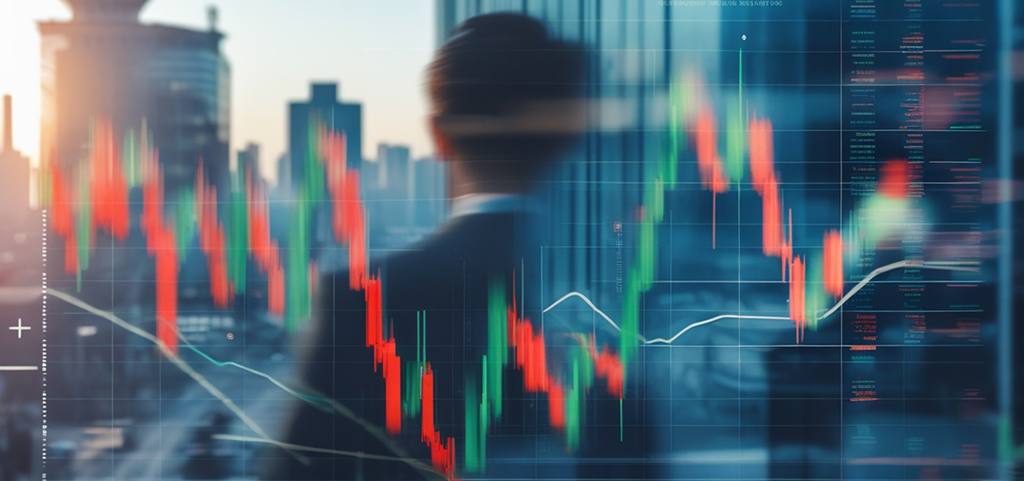In recent months, talk of a looming market correction has grown louder across global trading floors. From New York to Mumbai, analysts and investors are questioning whether the extraordinary bull run of the past two years can last — or if the world is quietly inching toward a 2026 market crash.
While no one can predict the market’s exact path with certainty, this financial prediction 2026 analysis reveals signals emerging from major economies that suggest investors are entering a phase of deeper caution. High interest rates, fluctuating inflation, and geopolitical instability are beginning to reshape institutional investing behavior across the globe.

A Year of Unusual Market Behavior: Global Market Outlook 2025
The year 2025 has been unpredictable yet strangely consistent — equity indices have climbed despite rising borrowing costs and mixed economic data. This global market outlook 2025 shows a paradox: surface-level optimism masking underlying concerns.
But beneath that optimism lies a subtle shift: institutional investors are quietly hedging their bets. Sectors like technology and real estate, which once drove extraordinary returns, are now showing slower growth and increasing volatility.
Meanwhile, defensive assets — gold, bonds, and dividend stocks — are seeing renewed interest. The move doesn’t necessarily signal panic, but rather a sense of preparation for whatever lies ahead in this critical phase of global economic trends.

The Return of Institutional Caution
Retail investors are beginning to mirror institutional investing behavior. Searches for terms like “safe ETFs,” “dividend stocks,” and “recession-proof assets” have spiked on Google Trends, hinting at a public shift toward safety as part of their investor strategy for 2025.
Fund managers across Asia and Europe are already diversifying across commodities, healthcare, and consumer staples — a classic defensive stance. The global mood isn’t fearful yet, but it’s undeniably watchful as market participants position themselves for potential turbulence.

The Cash Pile Strategy: Smart Move or Missed Opportunity?
One of the most notable stories shaping the global market outlook 2025 has been the massive cash buildup among corporations and high-net-worth investors. Major players are sitting on record levels of liquidity, waiting for clarity on rate cuts or potential dips in valuations.
On paper, this looks wise. When valuations are stretched and interest rates remain high, holding cash gives flexibility to strike at better prices later. But it also reflects something deeper — a lack of conviction. When too many investors retreat to cash, it often signals a pause before the storm.

The 2026 Question: Understanding the Financial Prediction 2026
Market corrections are natural and even healthy. But history shows that when optimism and valuations both peak while liquidity tightens, corrections can turn sharper than expected. This financial prediction 2026 suggests that if earnings growth fails to meet expectations and inflation remains stubborn, a downturn could arrive faster than most anticipate.
Some analysts believe we’re simply nearing the end of a long bull phase — not a crisis, but a much-needed cooling. Others warn that the combination of high debt levels, global uncertainty, and geopolitical fragmentation could magnify any slowdown into a full-blown 2026 market crash.
The next six months will be crucial in determining which side proves right, making current investor strategy 2025 decisions more important than ever.

Investors Turning Selectively Bullish
Despite the cautious tone dominating institutional investing behavior, not every signal points downward. Emerging markets are showing resilience, especially India, which continues to post strong GDP growth and steady consumer demand.
Even within developed markets, sectors tied to AI, green technology, and defense are attracting serious investment. These global economic trends suggest that innovation and adaptation continue even in uncertain times.
This mix of fear and opportunity makes 2025 a defining test year — where discipline, timing, and diversification will separate cautious winners from emotional sellers.

What Lies Ahead: Preparing Your Investor Strategy 2025
If there’s one certainty in today’s uncertain markets, it’s this: the global economy is entering a reset phase. Technology, demographics, and climate adaptation will reshape the next decade of business and investing.
Whether 2026 brings a correction or a crash is impossible to say with absolute certainty. But those who stay patient, diversified, and rational will stand the best chance of navigating what’s next — and perhaps even turning uncertainty into opportunity.
The key to surviving potential global economy trends and a possible 2026 market crash lies in developing a robust investor strategy 2025 that balances risk with opportunity, informed by careful analysis of institutional investing behavior and realistic financial prediction 2026 scenarios.
Key Takeaways for Investors
- Monitor institutional investing behavior as a leading indicator of market direction
- Diversify portfolios based on the defensive investor strategy 2025 principles
- Stay informed about evolving global economy trends and their regional impacts
- Keep cash reserves flexible for opportunities that may emerge from market volatility
- Maintain a long-term perspective despite the short-term global market outlook 2025 uncertainties
“All images in this article were generated using AI tools for illustrative purposes. They are designed to visualize concepts and should not be considered actual product photographs.”




